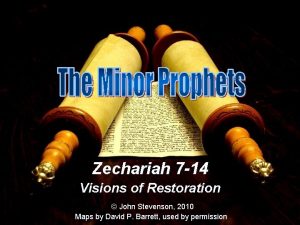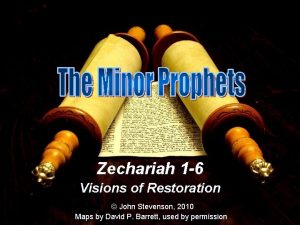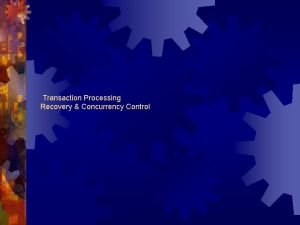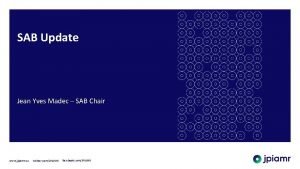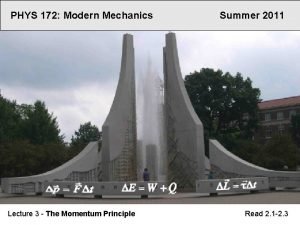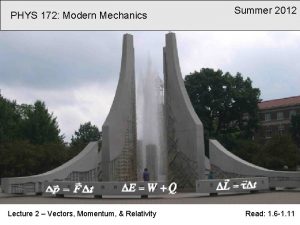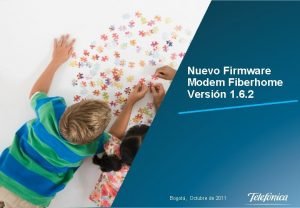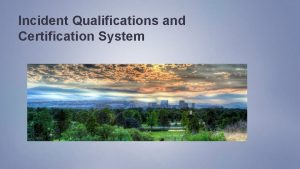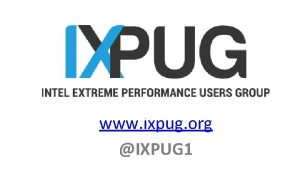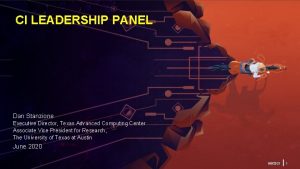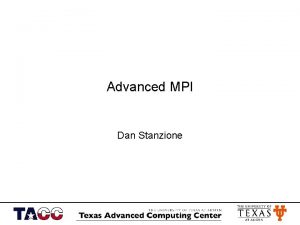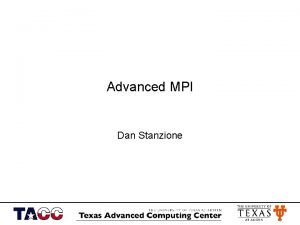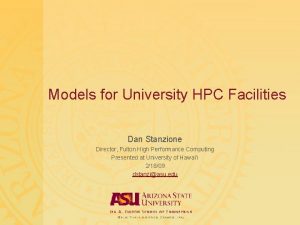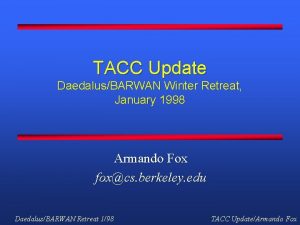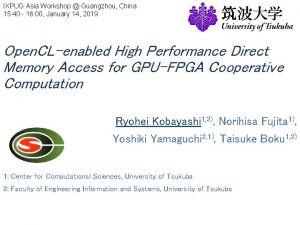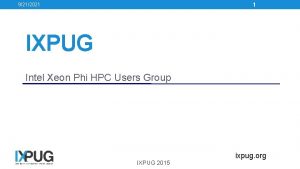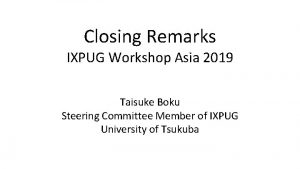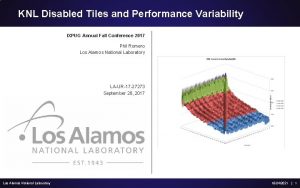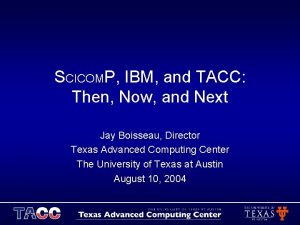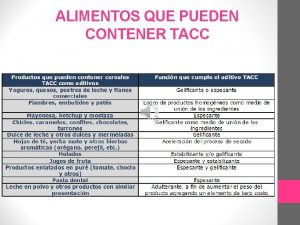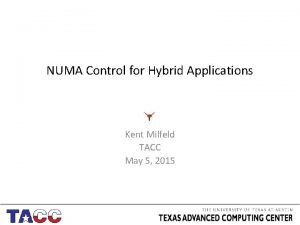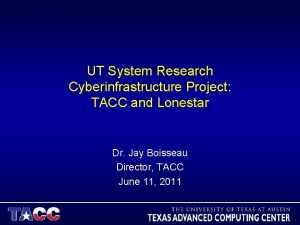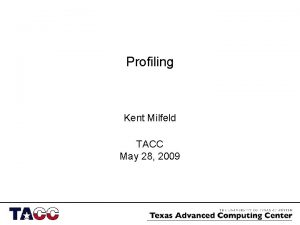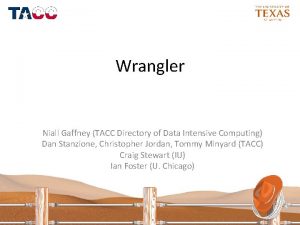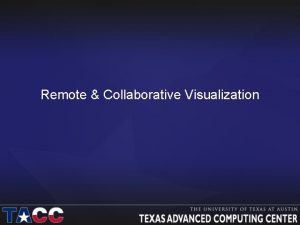TACC CENTER UPDATE IXPUG 17 Dan Stanzione Executive



















- Slides: 19

TACC CENTER UPDATE IXPUG 17 Dan Stanzione Executive Director Austin, TX dan@tacc. utexas. edu 6/4/2021 1

STAMPEDE 2 Funded by NSF as a renewal of the original Stampede project. The largest XSEDE resource (and largest university-based system). Follow the legacy of success of the first machine as a supercomputer for a *broad* range of workloads, large and small. Install without ever having a break in service – in the same footprint.

STAMPEDE 2 -- COMPONENTS Phase 1 4, 204 Intel Xeon Phi ”Knights Landing” (KNL) Processors (Intel and Dell) ~20 PB (usable) Lustre Filesystem (Seagate), 310 GB/s to scratch. Intel Omnipath Fabric – Fat Tree. Ethernet fabric and (some) management infrastructure. Phase 2 1, 736 Intel Xeon (Sky Lake) Processors (Associated networking, but core in phase 1). Balance of management hardware. Phase 3 3 D Crosspoint DIMMS as an experimental component in a small subset of the system.

STAMPEDE “ 1. 5” Beginning in May 2016, we added 508 complete KNL compute nodes to the existing system. Same SKU that eventually went into Stampede 2. Also used OPA fabric Intel “reference boxes”, no Dell products in that timeframe. First public KNL system (ranked #116 on Top 500). By deployment time, Stampede 2 was committed.

STAMPEDE “ 1. 5” (CONT. ) Once S-2 was publicly announced, “ 1. 5” became the “development platform” for S -2. Allow us to prepare and tune a working system software stack (though a fast-moving target). Build expertise in-house in building, tuning, and supporting KNL applications. Give the user community some actual time to prepare for Stampede-2 on the correct platform!!! With Stampede-1, start of production was first access to KNC for almost all users. Adapt to new memory modes – a large challenge (more on this later!). And we also got some more capacity during the “swing” phase. 1. 5 was available for users from August (2016) through May, when the nodes were moved, re-cabled, and integrated into Stampede-2.

STAMPEDE FOOTPRINT Ranger Stampede 8000 ft 2 ~10 PF 6. 5 MW 3000 ft 2 0. 6 PF 3 MW Machine Room Expansion Added 6. 5 MW of additional power

STAMPEDE FOOTPRINT Ranger Stampede-2 Phase 1 8000 ft 2 ~10 PF 6. 5 MW 3000 ft 2 0. 6 PF 3 MW Machine Room Expansion Added 6. 5 MW of additional power

HARDWARE OVERVIEW Stampede 2 Phase 1 compute nodes 924 Dell C 6320 P chassis, 4 nodes per chassis 3, 696 total compute nodes Intel Xeon Phi 7250 CPU, 68 cores, 1. 4 GHz 96 GB (6 x 16 GB) 2400 MHz DDR 4 200 GB SSD Redundant 1600 W power supplies 126 Intel PCSD chassis, 4 nodes per chassis 508 total compute nodes Intel Xeon Phi 7250 CPU, 68 cores, 1. 4 GHz 96 GB (6 x 16 GB) 2400 MHz DDR 4 120 GB SSD

EARLY RESULTS Yifeng Cui at SDSC has sped up SCEC’s primary code to get a 5 x performance improvement over Haswell (competitive for a P 100). Martin Berzins’ team at Utah has scaling the UINTAH combustion code, outperforming Titan on the original version, and showing algorithmic improvements that can yield even more. Rommie Amaro at SDSC is using KNL to investigate the structure, function, and dynamics of complex biological systems. Omar Ghattas and team have recently ported in the Gordon Bell winning code from 2015 and a finalist from 2013, with good results. George Biros has a fast solver that achieves 1. 4 TF per node – and scales! Dan Bodony at Illinois is doing a massive study of for Prediction and Control of of Compressible Turbulent Flows (request equivalent to all KNL nodes for 3 months). Real Time severe storm prediction with Ming Xue at Oklahoma has migrated to Stampede-2 New R benchmarks have been published by IU Colleagues– with KNL reference data. Our software defined visualization stack supported six teams in a workshop in the early science phase coupling visualization to simulation – including Stephen Hawking’s team at Cambridge.

OMNIPATH SCALING Seems just fine comparison to KNL-Cray at NERSC, just to 128 nodes (on a seismic code). From an ISC paper by Yifeng Cui, didn’t have higher node counts up in time to publish

EARLY RESULTS --GENERALIZATIONS Everything runs, but. . . Carefully tuned codes are doing pretty well, but with work. “Traditional” MPI codes, especially with Open. MP in it do relatively well, but not great. Some codes, particularly, not very parallel ones, are pretty slow, and probably best run on Xeon. Mileage varies widely – but raw performance isn’t the whole story.

OUR EXPERIENCE WITH XEON PHI Xeon Phi looks to be the most cost and power efficient way to deliver performance to highly parallel codes. In many cases, it will not be the fastest. For things that only scale to a few threads, it is *definitely* not the fastest. But what is under-discussed: As far as I can tell, a Dual-socket Xeon node costs 1. 6 x what a KNL node costs, even after discounts. A dual-socket, dual GPU nodes is probably >3 x a Xeon Phi node. A KNL node uses about 100 less watts per node than a dual-socket Xeon node.

POWER FROM TOP 500 List unveiled in June at ISC 17 in Frankfurt Stampede-2 uses half the power of a roughly equivalent performance system (see 11 vs 12)

REFERENCE APPLICATION GRAPH Measured Performance between Stampede and Stampede-2 nodes. Codes are unmodified versions, as checked out from the source repository, to accurately reflect the “average user” experience. (There is nothing less fair than comparing optimized codes on one platform to un-optimized codes on a different platform )

REFERENCE APPLICATION GRAPH

REFERENCE APPLICATION GRAPH –NORMALIZED FOR COST This compares Xeon Phi Performance on major parallel applications to our projections for “Sky Lake”, the next generation Xeon, in a dual-socket configuration with top bin parts. The KNL wins on price-performance in many applications with *no* optimization (but not always in absolute performance!).

OUR EXPERIENCE WITH XEON PHI Xeon Phi looks to be the most cost and power efficient way to deliver performance to highly parallel codes. Is “fastest” our only metric? Are we maximizing for an individual user, or most Science &Engineering computing output for the amount of investment? In straight Xeon, we would have had at least a thousand less nodes.

TEAM Literally, everyone at TACC!!! – and a lot of folks at Dell, Intel, and Seagate – and our academic partners. Co-Pis : Tommy Minyard, Bill Barth, Niall Gaffney, Kelly Gaither. Deployment, Ops, Security: HPC, Data, Vis, and Life Sciences App support Rosie Gomez, Joon-Yee Chuah, Dawn Hunter, Luke Wilson, Jason Allison, Charlie Dey Web Services John Cazes, Cyrus Proctor, Robert Mc. Lay, Ritu Arora, Todd Evans, Si Liu, Hang Liu, Lars Koersterke, Victor Eikhout, Lei Huang, Kevin Chen, Doug James, Antonio Gomes, Kent Milfeld, Jerome Vienne, Virginia Tueheart, Antia Limas-Lanares, John Mc. Calpin. Weijia Xu, Chris Jordan, David Walling, Siva Kula, Amit Gupta, Maria Esteva, John Gentle, Suzanne Pierce, Ruizhu Huang, Tomislav Urban, Zhao Zhang, Paul, Navratil, Anne Bowen, Greg Foss, Greg Abram, Jaoa Barbosa, Luis Revilla, Craig Jansen, Brian Mc. Cann, Ayat Mohammed, Dave Semararo, Andrew Solis, Jo Wozniak, Joe Allen, Erik Ferlanti, Brian Beck, James Carson, John Fonner, Ari Kahn, Jawon Song, Matt Vaughn, Greg Zynda, Education, Outreach, Training Laura Branch, Dennis Byrne, Sean Hempel, Nathaniel Mendoza, Patrick Storm, Freddy Rojas, David Carver, Nick Thorne, Dave Cooper, Frank Duomo, Je’aime Powell, Peter Lubbs, Sergio Leal, Jacob Getz, Lucas Nopoulos, Garland Whiteside, Matthew Edeker, Dave Littrell, Remy Scott Maytal Dahan, Steve Mock, Rion Dooley, Josue Coronel, Alex Rocha, Carrie Arnold, David Montoya, Mike Packard, Cody Hammock, Mike Keller, Joe Stubbs, Tracy Brown, Rich Cardone, Steve Terry, Andrew Magill, Joe Meiring, Marjo Poindexter, Juan Ramirez, Harika Gurram User Support, PM, Admin Chris Hempel, Natalie Henriques, Tim Cockerill, Bryan Snead, Janet Mccord, Dean Nobles, Susan Lindsay, Akhil Seth, Bob Garza, Marques Bland, Karla Gendler, Valori Archuleta, Suzanne Bailey, Paula Baker, Janie Bushn, Katie Cohen, Sean Cunningham, Aaron Dubrow, Dawn Hunter, Shein Kim, Hedda Prochska, Jorge Salazar, Matt Stemalszak, Faith Singer, Arleen Umbay, Valerie Wise, Ashley Bucholz, Melyssa Fratkin, Manu John, John West 6/4/2021 18

THANKS! DAN STANZIONE DAN@TACC. UTEXAS. EDU 6/4/2021 19
 Taules tacc
Taules tacc Tacc login
Tacc login Alternative of log based recovery
Alternative of log based recovery Swhp coverage update center
Swhp coverage update center Microsoft executive vice president
Microsoft executive vice president Zechariah stevenson
Zechariah stevenson Zechariah stevenson
Zechariah stevenson University community plan
University community plan Temporary update problem in dbms
Temporary update problem in dbms Www.sab update.com
Www.sab update.com Routing area update
Routing area update Update data sisdmk
Update data sisdmk Gtcs prd examples
Gtcs prd examples Position update formula
Position update formula Position update formula
Position update formula Fiberhome
Fiberhome Move update compliance
Move update compliance Mdh situation update
Mdh situation update Iqcs nwcg
Iqcs nwcg Cucm native call queuing
Cucm native call queuing





